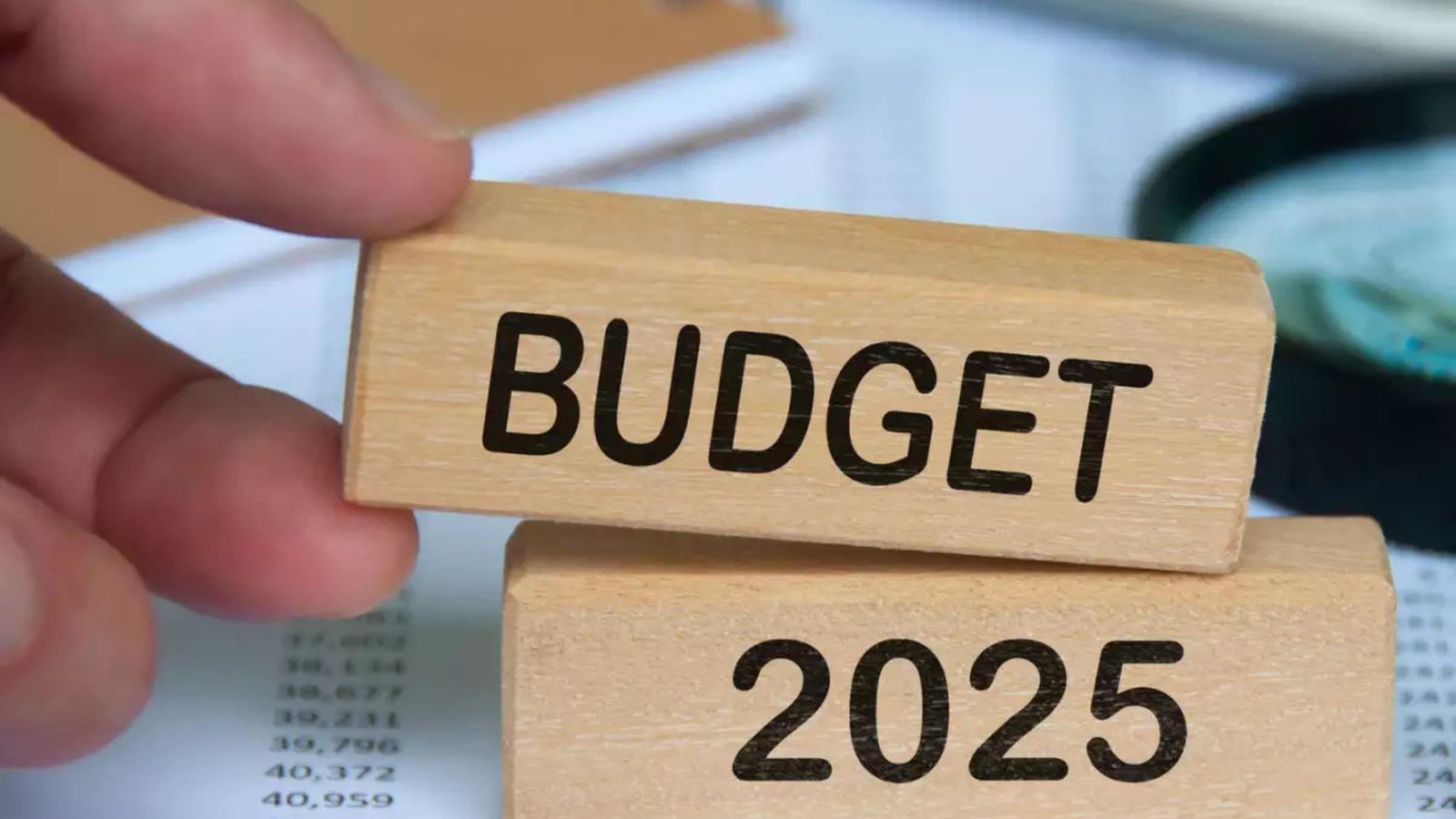
Every year, one of the most anticipated events in the world of finance, economics, and governance is the announcement of the national budget. A nation’s budget is not just a financial document but a comprehensive report that outlines the government’s spending priorities, financial goals, and economic policies for the upcoming year. For countries like India, the Union Budget is an important occasion that sets the tone for the nation’s economic development, tax policies, and fiscal management.
The Budget date is a fixed date each year, but the significance of the date varies depending on the country. In this article, we will primarily focus on India, which follows a well-established tradition of announcing the Union Budget on a fixed day every year. Let’s take a closer look at when the budget is announced and how it impacts the nation.
The Date of Budget: India
In India, the Union Budget is traditionally presented on February 1 every year. This date has become synonymous with India’s fiscal planning for the upcoming year. The presentation of the Union Budget is a grand event that captures the attention of the nation, from policymakers to everyday citizens, as it can directly influence the economy, taxes, and even people’s daily lives.
A Brief History of Budget Dates in India
- Pre-independence era: The budget in India was first introduced during the British colonial era, in 1860. However, back then, the budget was presented by the British colonial rulers, and the fiscal year was from April to March.
- Post-independence: After India gained independence in 1947, the Union Budget was traditionally presented on the last day of February until February 1 became the norm in 2017.
Why February 1?
The change to February 1 was first introduced in 2017, primarily to give the government more time for implementing tax changes, allocation of funds, and initiating new schemes. The government sought to provide more time for the Budget’s proposals to take effect before the start of the financial year in April. The February 1 date has since been consistently followed by the Indian government.
The Fiscal Year and Budget Presentation
In India, the financial year (FY) runs from April 1 to March 31. However, the Union Budget is announced in advance to allow enough time for parliament and lawmakers to discuss and approve the proposed financial plans. This timing ensures that financial decisions are in place before the new fiscal year begins.
Key Elements of the Union Budget
When the Finance Minister of India presents the budget, it contains several key components that shape the economic future of the country. Some of the most important parts of the Budget include:
- Revenue estimates: The projected income of the government through taxes and other sources.
- Expenditure allocations: How the government plans to allocate money to sectors like defense, healthcare, education, infrastructure, and social welfare.
- Tax proposals: Modifications in income tax rates, corporate tax rates, or indirect taxes like Goods and Services Tax (GST).
- Borrowing requirements: The government’s borrowing plan to meet any shortfalls in income.
- Fiscal deficit targets: A key measure of the government’s borrowing and spending limits.
Impacts of the Budget
Each year’s budget has far-reaching consequences on various aspects of national development:
- Economic Growth: The budget outlines how the government plans to stimulate economic growth through strategic spending in critical sectors like infrastructure, defense, and technology.
- Taxation: Changes in the tax structure, such as income tax reforms, GST revisions, and corporate tax cuts, can directly impact the disposable income of citizens and businesses.
- Inflation and Interest Rates: The government’s fiscal stance influences inflation rates, which in turn affect interest rates, purchasing power, and investment patterns.
- Foreign Investments: A well-balanced budget can make the country attractive to foreign investors by boosting confidence in the government’s financial management.
Example: India’s Fiscal Deficit Target
For instance, the fiscal deficit target for India in 2022-23 was set at 6.4% of GDP. This target indicates how much the government plans to borrow relative to the nation’s overall economic output. Meeting this target is critical to maintaining financial stability.
Changes in Taxation
In 2023, Finance Minister Nirmala Sitharaman introduced changes to the income tax system, simplifying the tax slab structure. The goal was to provide greater disposable income to taxpayers while ensuring adequate revenue for the government to fund essential services.
Global Perspective on Budget Dates
While India has fixed the date of the Budget as February 1, other countries follow different practices for announcing their national budgets.
United States: The Budget Process
In the United States, the budget process is more complex. The President’s Budget is usually submitted to Congress in early February each year, outlining the administration’s financial plan for the next fiscal year. However, the final fiscal year starts on October 1, which gives lawmakers ample time to debate, amend, and pass the budget.
United Kingdom: March Budget
In the United Kingdom, the Chancellor of the Exchequer presents the Budget to the House of Commons in March. Like India, the UK’s fiscal year also runs from April to March, but they have no fixed date for the budget presentation. The timing varies each year based on government priorities and political considerations.
Other Countries
Other nations, including Canada, Australia, and Germany, also follow varying fiscal year dates and budget announcement schedules. However, the goal remains the same: to set out the government’s economic vision and plans for the upcoming year.
Supplementary Information: Budget Day Rituals
Budget Day in India is marked by several key traditions and customs, making it an important occasion beyond its economic significance:
- Budget Speech: The Finance Minister delivers a speech that outlines the government’s fiscal strategy. This speech often includes references to key policies, economic goals, and major announcements for the upcoming year.
- Economic Survey: Prior to the Budget, the Economic Survey is released, which provides an in-depth analysis of the country’s economic health and growth prospects.
- Reactions from the Stock Market: Budget Day is closely watched by the stock market, as investors react to proposals that could affect the business environment, such as changes in tax rates, subsidies, or government investments.
Conclusion: The Date of the Budget is More Than Just a Date
In conclusion, the date of the budget plays an integral role in determining the direction of a nation’s economic policies for the year. While India’s February 1 presentation has become a tradition, it signifies more than just a date on the calendar—it is a crucial moment that determines the fiscal strategy for the country, shapes public spending, and sets the tone for future growth.
For citizens, businesses, and investors, the date marks a milestone in understanding where the government is heading economically. Therefore, staying updated on budget dates and understanding its contents are vital for making informed decisions, whether in personal finance, business strategies, or national economic participation.
Discover more from ExamQuestIndia: The Best Exam Prep Platform in India
Subscribe to get the latest posts sent to your email.







